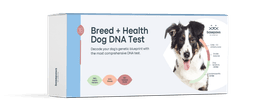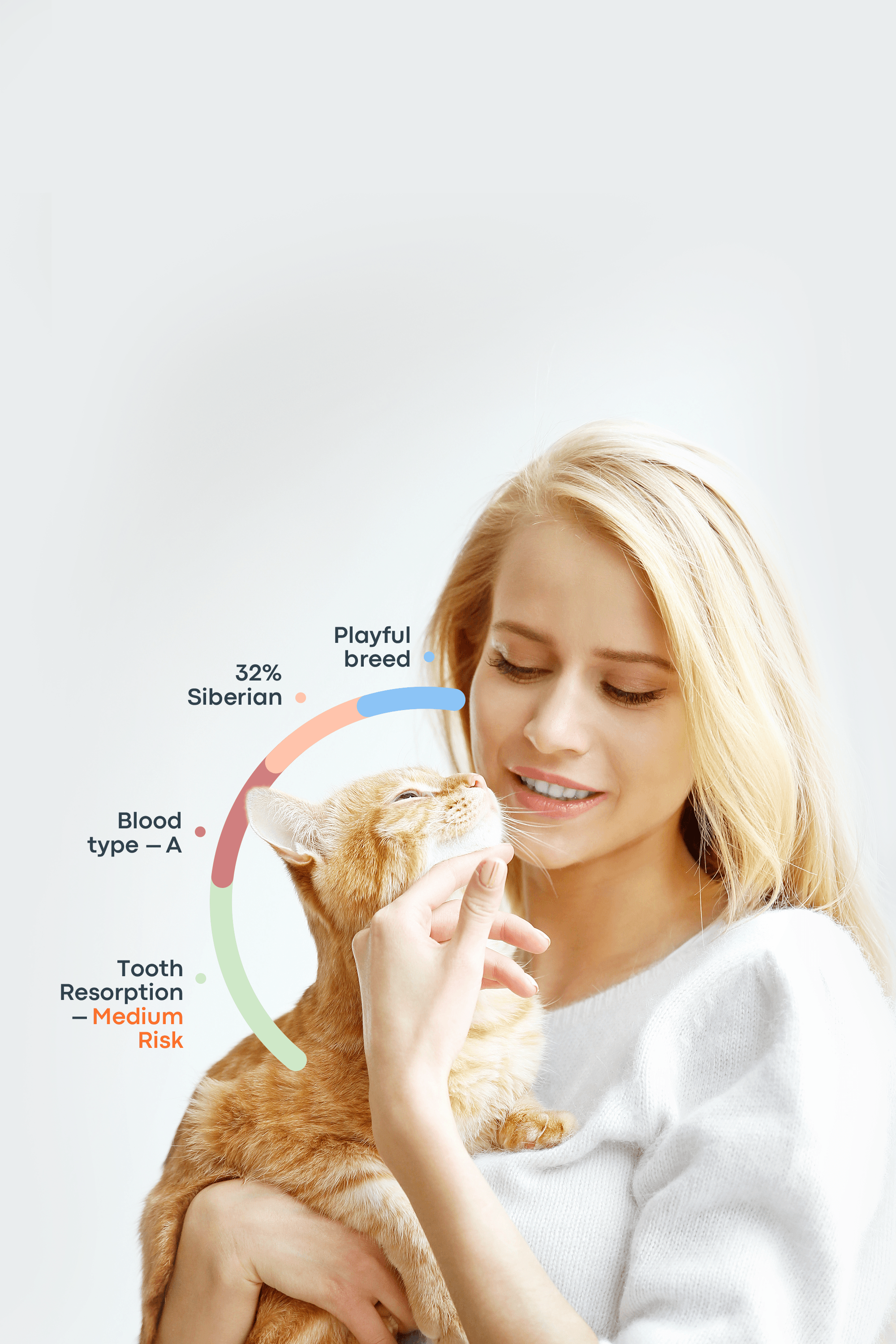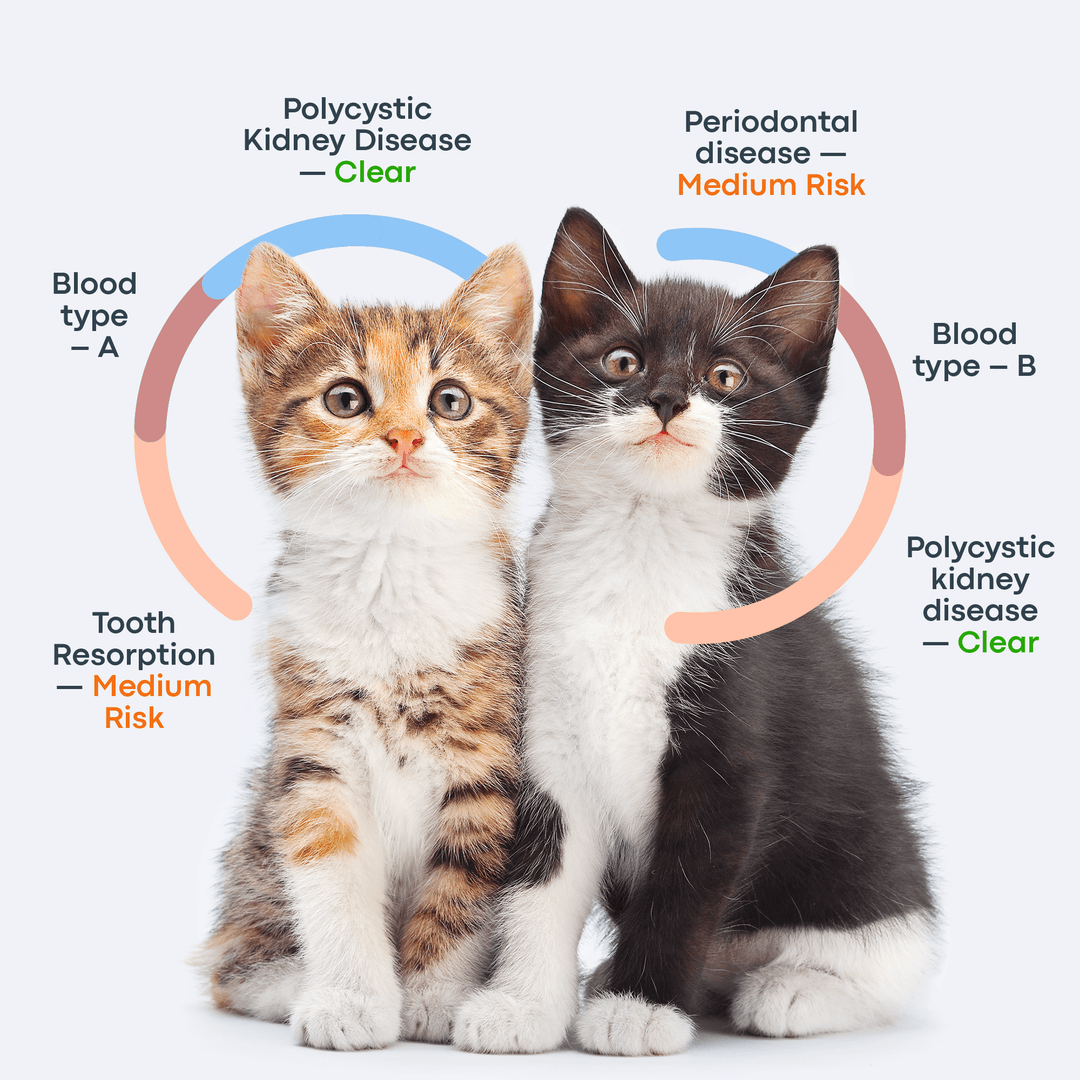You're cooking a delicious pork dish, and the mouthwatering aroma fills the kitchen. Your dog, Fluffy, is at your feet, giving you those irresistible puppy-dog eyes and drooling in anticipation. He knows he's cute—and he’s convinced your dinner smells way better than his!
But should you share? Can dogs eat pork? Let’s take a closer look.
Can Dogs Eat Pork?
Dogs can safely eat pork in moderation as long as it is plain and unseasoned. It also must always be fully cooked and thoroughly deboned. Bones are a choking hazard for dogs, as they tend to eat quickly and without much care for what they are actually eating. Seasoning, on the other hand, should be avoided in case it contains any ingredients that are toxic to dogs.
Is Pork Bad for Dogs?
Nope! In fact, there are a number of good reasons why feeding dogs pork is beneficial.
Category | Pros | Cons |
Protein | High-quality, complete source of protein that supports muscle maintenance | Some dogs may be allergic to pork, which can trigger adverse reactions |
Fat | Helps with nutrient absorption and provides energy | Certain cuts are high in fat, which may lead to weight gain or pancreatitis |
Vitamins (e.g., B12, B6) | Supports metabolism and nervous system functions | Overfeeding can lead to nutrient imbalances |
Minerals (e.g., zinc, iron) | Aids in oxygen transport and supports immune health | Similar minerals can be obtained from leaner meats |
Taste & Palatability | Highly palatable—can help encourage picky eaters | May lead to food refusal if dogs begin to prefer pork over other meats |
Digestibility | Lean pork is generally easy to digest | Improper cooking or seasoning can cause digestive upset |
What Types of Pork Can Dogs Have?
Pork, like other meat, comes in a variety of cuts. Which of them can dogs have?
Pork Cut | Can Dogs Eat It? | Details & Safety Tips |
Chops | Yes, with caution | Must be boneless, unseasoned, and fully cooked. Avoid excess fat and any bones. |
Tenderloin | Yes | A lean cut—safe when thoroughly cooked and served plain. |
Loin | Yes, in moderation | Trim visible fat and cook without seasonings. |
Belly | No | Too high in fat; may cause digestive upset or pancreatitis. |
Ham | No | Contains excessive salt and preservatives, which can be harmful or toxic to dogs. |
Raw Pork | No | Risk of parasites and bacterial infections; always cook pork fully. |
Can Dogs Eat Pork Bones?
Dogs definitely cannot eat cooked pork bones, according to the AKC. After cooking, pork bones become more brittle, and are prone to cracking and splintering off when your dog chews on them. This can cause choking hazards, damage inside their mouths and throats, and a host of digestive problems. Should dogs eat pork bones raw? It’s generally recommended to avoid feeding any raw pork bones, too. But, if you really want to give your dog a bone, be sure that it’s a raw, large bone such as one from a cow or bison.
What to Do If Your Dog Ate a Pork Bone
It’s natural to panic when you realize your dog has gotten into leftover pork bones. But don’t worry, stay calm, take a deep breath, and follow these steps to handle the situation safely.
Remove the Bone (If Possible):
If your dog is still chewing on the bone, carefully take it away to prevent further ingestion.
Monitor Closely:
If your dog has already swallowed part or all of the bone, observe them closely for any signs of discomfort or distress. In some cases, small bones may pass through the digestive system without issue. However, pork bones, especially cooked ones, can splinter and cause internal injuries, including intestinal blockages or tears.

Watch for Warning Signs:
According to veterinarians at PetMD, the following symptoms may indicate an emergency such as an intestinal obstruction:
Vomiting
Diarrhea
Lethargy
Choking or gagging
Excessive drooling
Loss of appetite
Unusual or painful bowel movements
Call Your Veterinarian:
If any of these symptoms appear, or if you’re unsure whether the bone was swallowed, contact your vet immediately. Quick action can prevent serious complications.
Is Raw Pork Safe for Dogs?
Dogs and pork that is raw don’t mix. While some pet owners may argue that dogs wouldn’t cook their meat “in the wild,” veterinarians strongly advise against feeding raw pork. Why? Because raw meat—including pork—can carry harmful parasites and bacteria that pose serious health risks.
One such parasite is Trichinella, which can cause a condition called trichinosis. This occurs when a dog consumes raw pork contaminated with Trichinella larvae, which then grow, feed, and reproduce inside the dog’s body. Not only is it unpleasant—it can be dangerous.
To keep your dog safe, always cook pork thoroughly before serving and avoid any raw meat unless recommended by a veterinary nutritionist under carefully controlled conditions.
Can Dogs Eat Ham?
Although it comes from the same animal as pork, ham is best kept on your dinner table—not in your dog’s bowl. While it’s a flavorful treat for humans, ham can pose health risks to dogs due to its high levels of salt, sugar, and preservatives.
A common mistake many pet owners make is sharing holiday ham, like at Thanksgiving, with their pup. It’s easy to give in when your pet is sitting under the table, giving everyone those irresistible puppy-dog eyes. But no matter how tempting it is, it's safest to avoid giving ham to your dog, as it may contribute to digestive upset, dehydration, or long-term health issues.
How to Safely Add Pork to Your Dog’s Diet
Meat is a key component of a healthy canine diet, and pork can be a nutritious option—when introduced carefully. If your dog hasn’t had pork before, it’s important to introduce it gradually to avoid digestive upset.
Pork should be treated as an occasional addition, making up no more than 10% of your dog’s daily calorie intake, especially if it's being used as the sole protein source. To start, offer pork just once or twice a week to allow your dog’s digestive system time to adjust to its rich nutritional profile.
When serving pork:
Choose lean cuts like tenderloin or loin chops
Ensure it is fully cooked, with no seasoning, spices, or marinades
Avoid frying—no oil, butter, or added fat
Remove all bones before serving
Cut the meat into bite-sized pieces appropriate for your dog’s size
By following these guidelines, you can safely incorporate pork into your dog’s diet while minimizing risks.
Pork Serving Sizes for Dogs
Use the chart below to determine appropriate pork serving sizes based on your dog’s weight. Pork should be fully cooked, lean, unseasoned, and served in moderation.
Dog Size | Recommended Serving Size |
Extra-small (2–10 lbs) | 1 piece |
Small (11–20 lbs) | 1–2 pieces |
Medium (21–50 lbs) | 2–3 pieces |
Large (51–90 lbs) | 3–4 pieces |
Extra-large (91+ lbs) | 4–5 pieces |
Note: Each piece should be approximately ½ inch thick by ½ inch long. Always adjust portions based on your dog’s age, activity level, and overall health.
Signs of Pork Sensitivity/Allergy in Dogs
Protein is a common allergen for many dogs, and, even without having a full-blown protein allergy, many dogs develop a sensitivity.
Symptoms that indicate a potential pork allergy or sensitivity in your dog include:
Itching
Irritability
Loose stool
Vomiting
To determine whether a symptom is a result of an allergic reaction or sensitivity to pork, your veterinarian may want to conduct an elimination diet. This is a strict way of eating that requires removing pork from their diet and monitoring for symptom improvements as a result.
Dog Friendly Alternatives to Pork
If pork isn’t a favorite with your dog, or if your dog shows signs of an allergy, there are several other dog-friendly meats you can offer as alternatives. These include chicken, fish, turkey, and lamb.
The same guidelines apply to these options: always cook the meat thoroughly, serve it plain and unseasoned, offer it in moderation, and carefully monitor your dog for any adverse reactions.
Conclusion
Pork can be a healthy addition to your dog’s diet when given correctly. Always avoid pork bones, and ensure all pork, regardless of the cut, is thoroughly cooked and served plain to prevent stomach upset and illness. Remember to feed pork in moderation, treating it as an occasional treat rather than a staple food.
Frequently Asked Questions
Can puppies eat pork?
Yes. Puppies who have started to eat solid food can eat pork much the same way more mature dogs can.
How healthy is pork for dogs??
Pork is high in protein, vitamins, and minerals.
Can dogs eat ground pork?
As long as it has been cooked thoroughly, dogs can safely eat lean ground pork.
Can dogs eat prosciutto?
No. It is highly processed and contains a large amount of salt, which can lead to kidney issues.
Are pork products such as bacon and ham bad for dogs?
Both of these pork products are high in fat and salt, which makes them tasty for us, but harmful to our dogs.
Can I feed my dog boiled pork feet?
No. They contain bones that can harm your pet.




